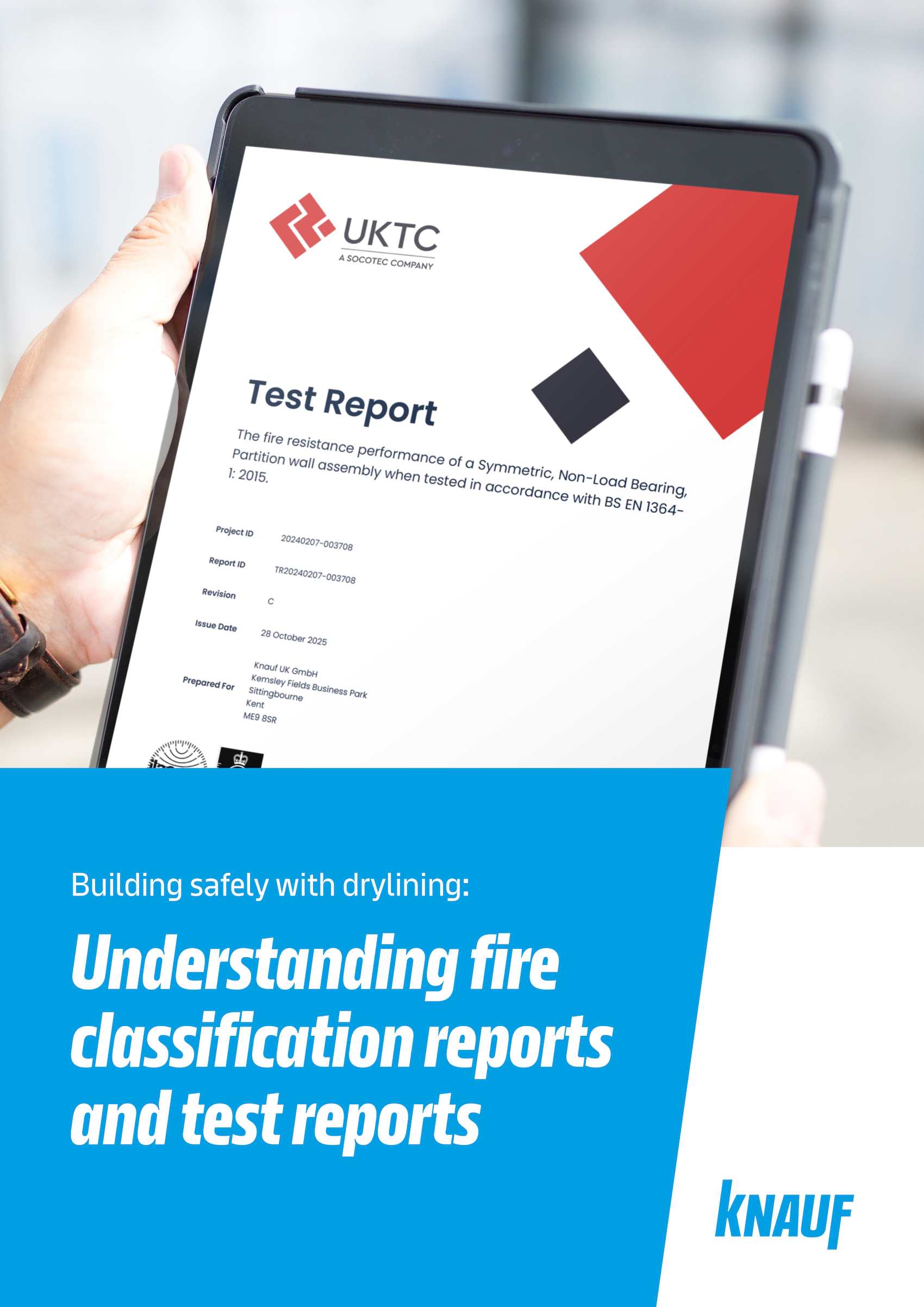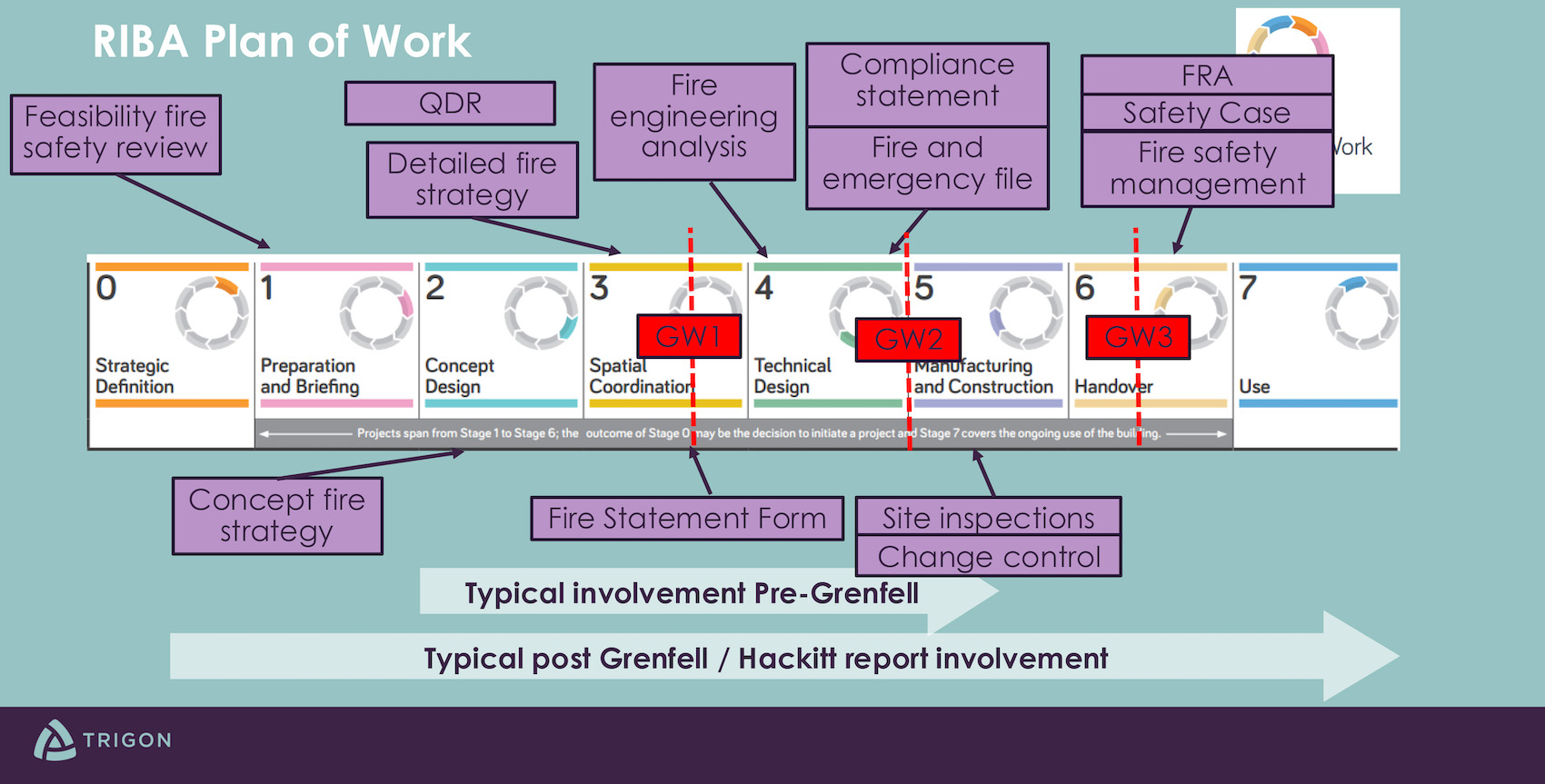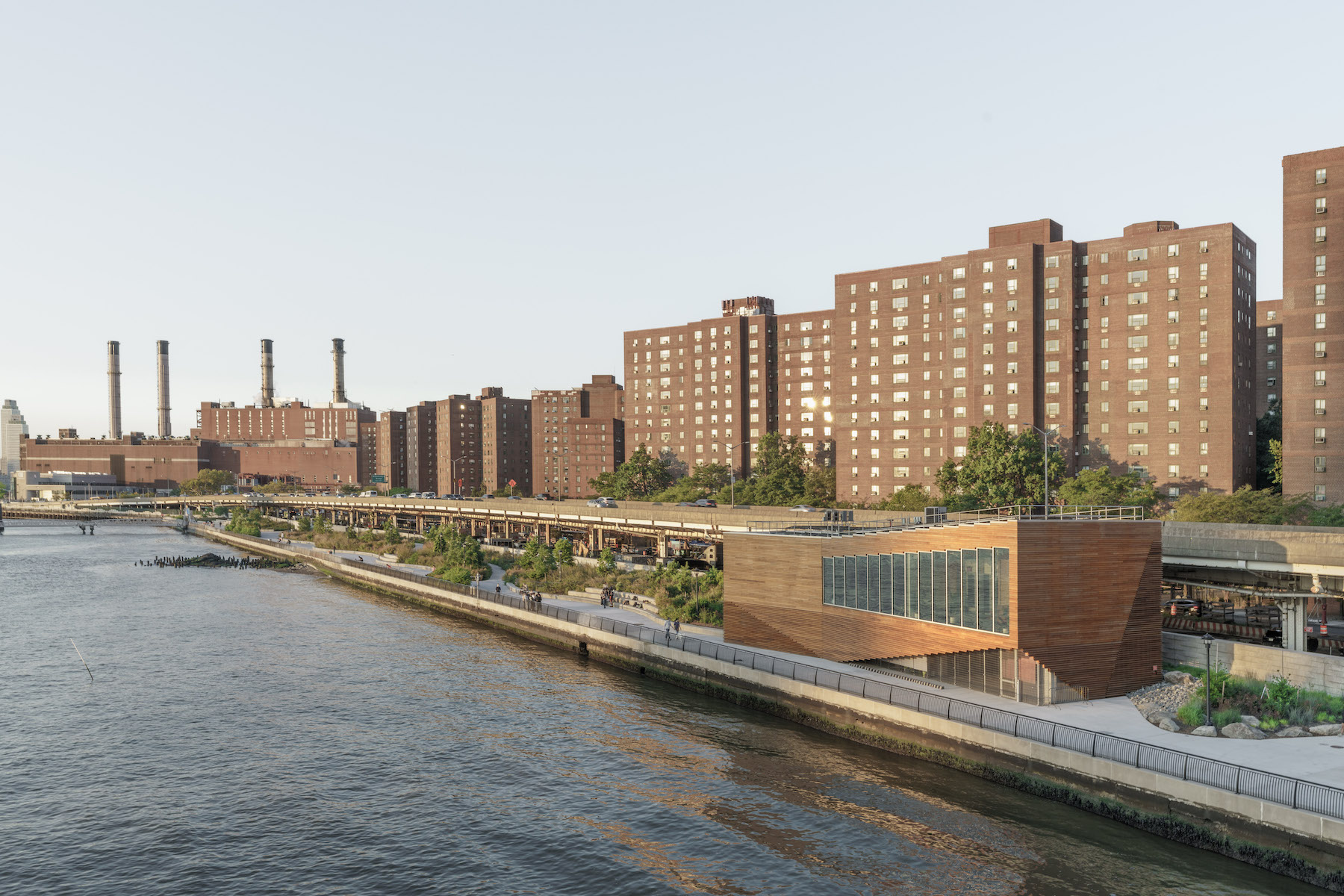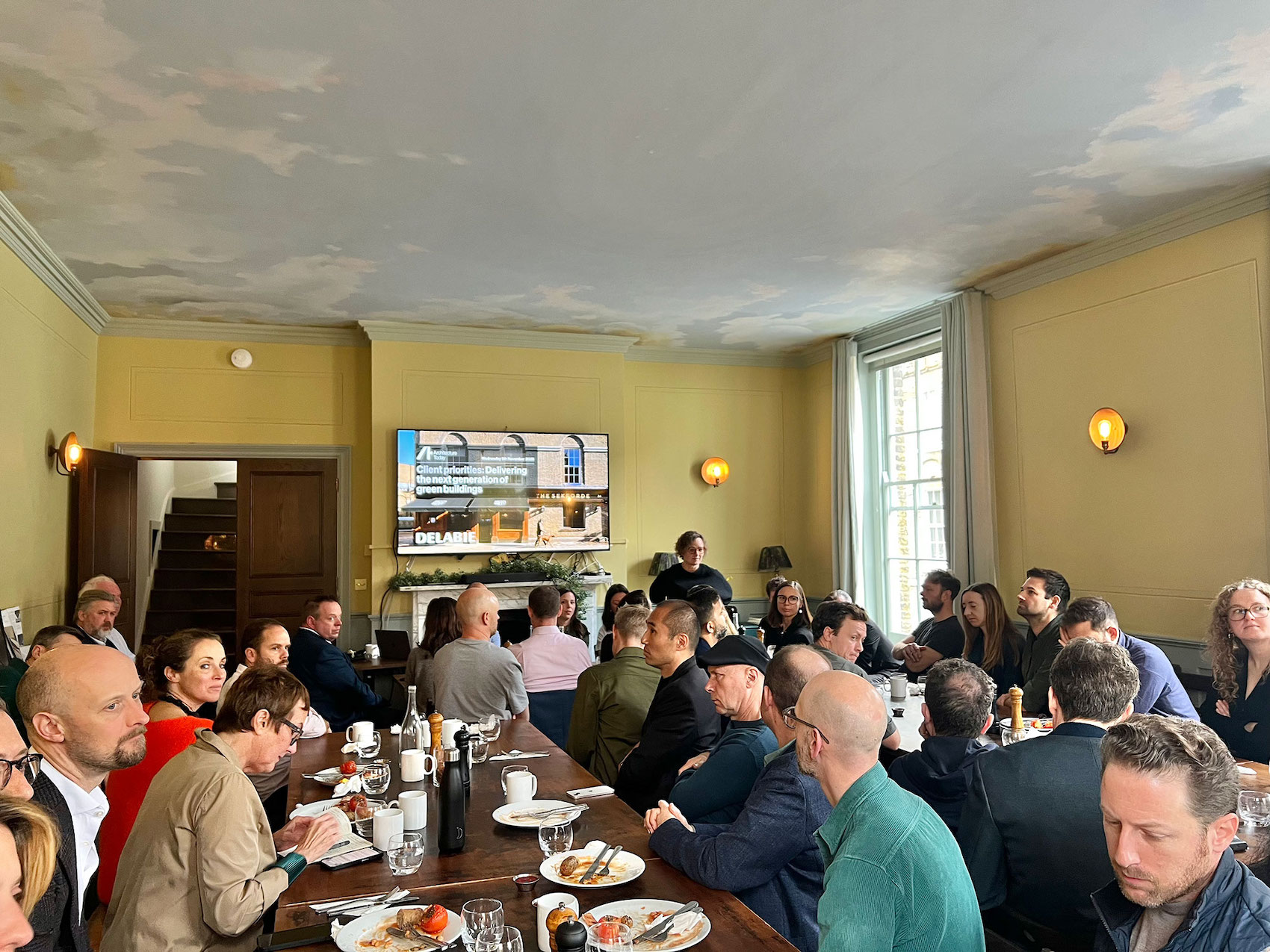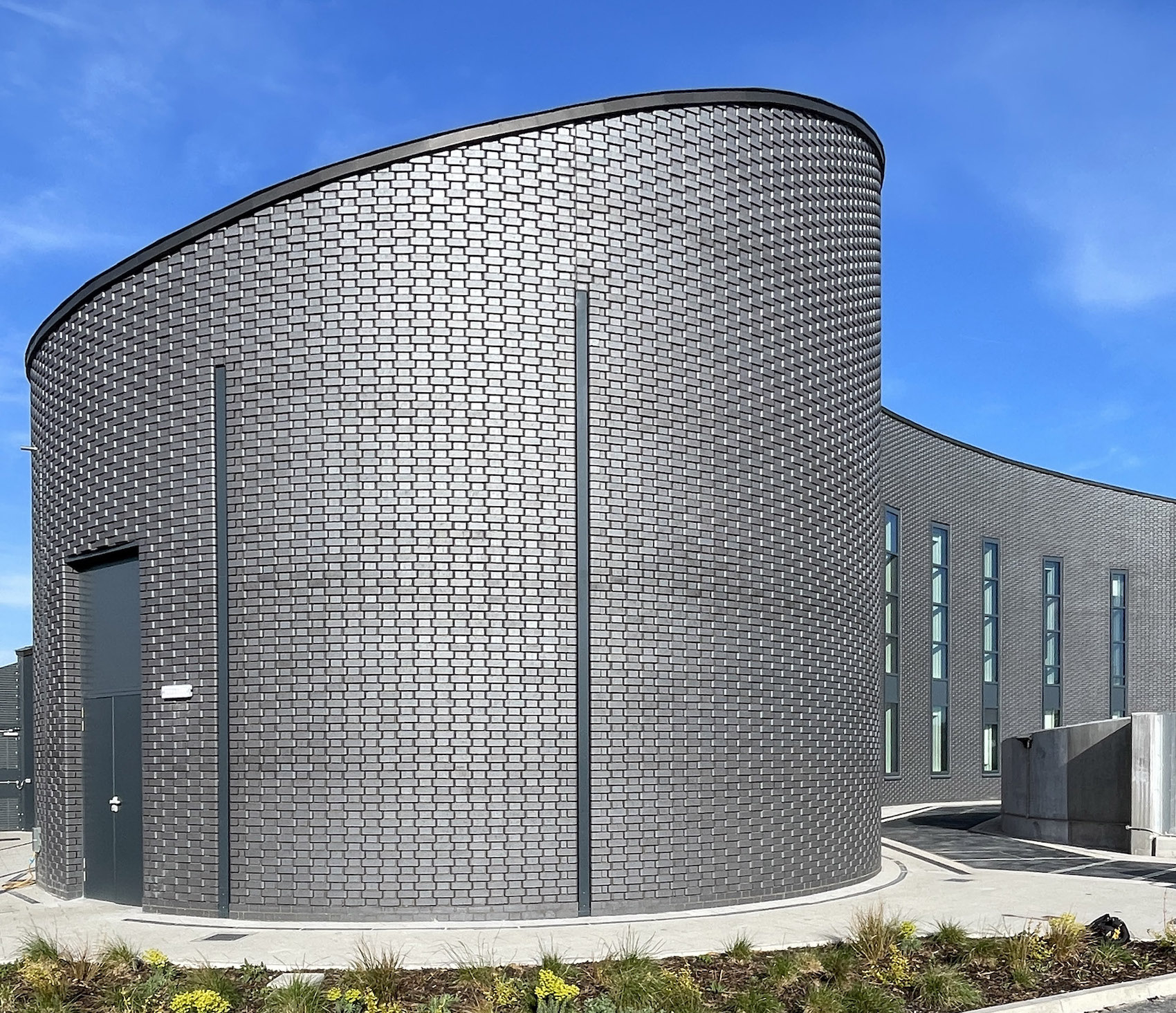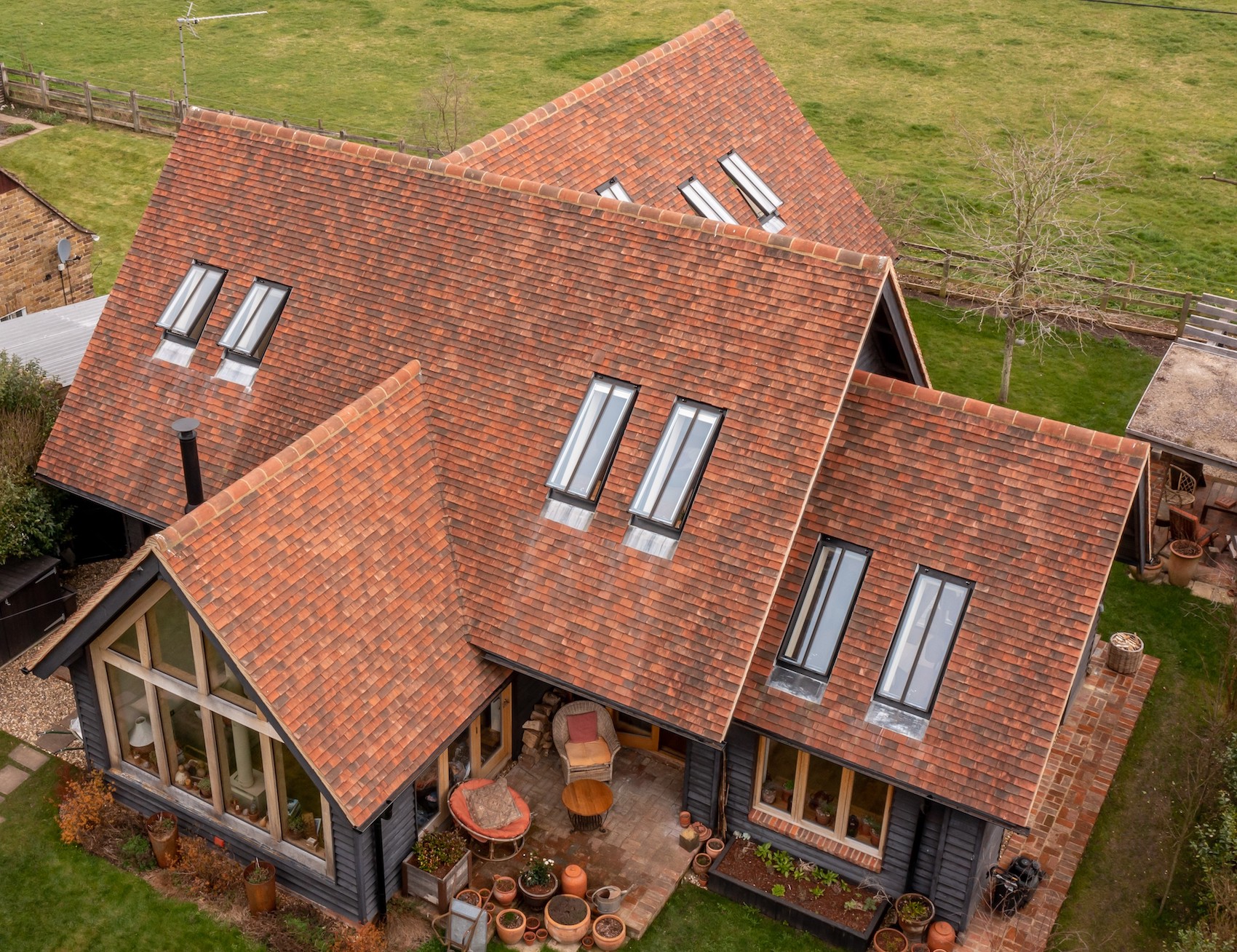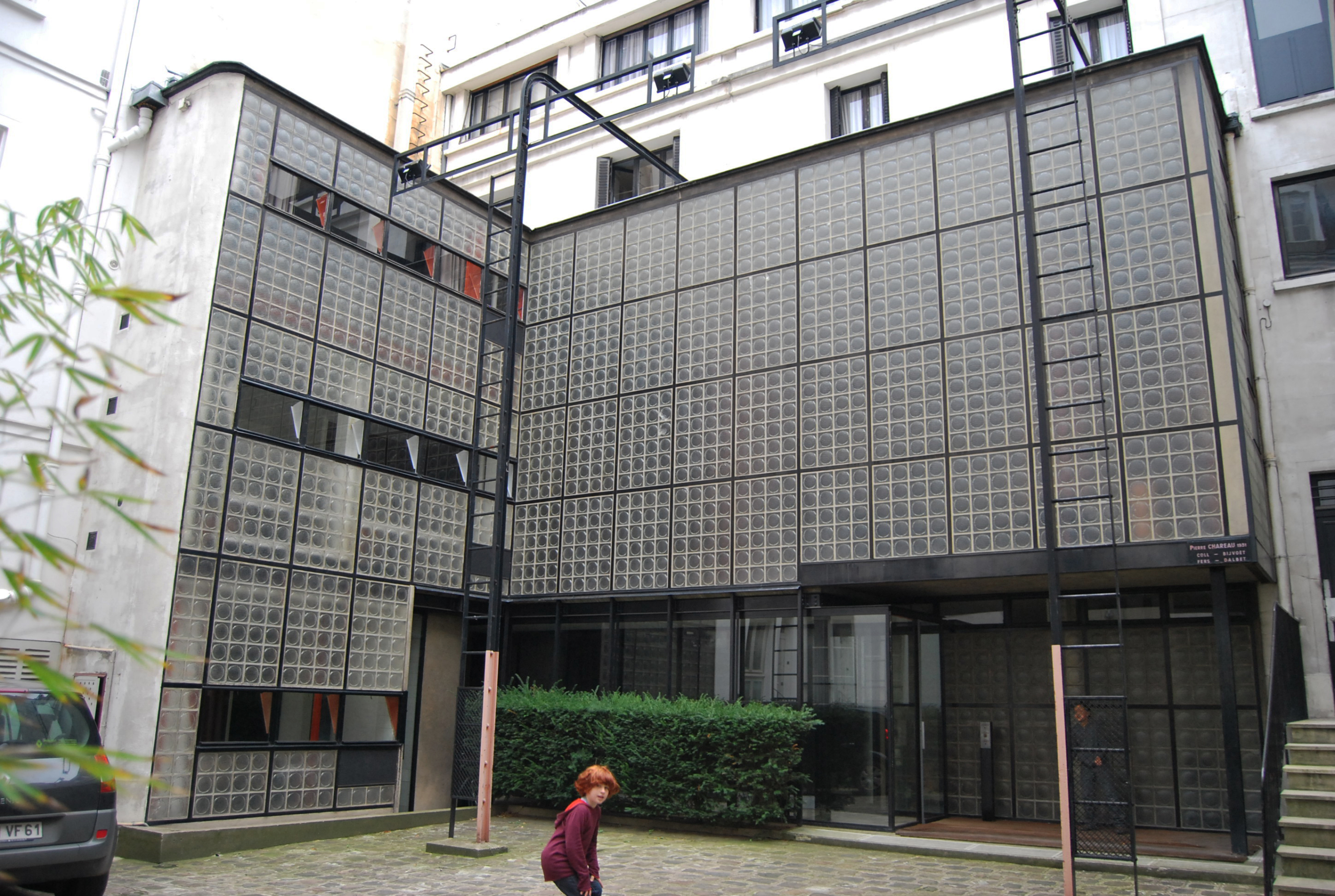Watch the AT webinar, in partnership with Knauf, exploring the key responsibilities and practical implications of Gateway 2, under the Building Safety Act, for design teams.
The Building Safety Act has reshaped the design and construction landscape, with Gateway 2 representing a critical checkpoint for those working on higher-risk buildings (HRBs). So what does Gateway 2 entail, and how does it differ from the planning and construction gateways? How can practitioners demonstrate compliance with the ‘golden thread’ of information? What competencies are expected of Principal Designers and Dutyholders? And how can architects embed building safety principles into the design process early-on to ensure a smooth Gateway 2 transition?
These questions and more were explored in this AT webinar, supported by Knauf. Chaired by Architecture Today Editor Isabel Allen, the event included presentations by Simon Sturgis, architect and founder of Targeting Zero; Adam Eaton, Director at Trigon Fire Safety; Miles Ellison, Specification Director South at Knauf UK & Ireland; Jimmy Collins, Head of Technical at Knauf UK & Ireland; and Jayne Hall, Associate at Hunters.
Gateway 2 is a key stage in the Building Safety Act that requires developers of higher-risk buildings to obtain Building Safety Regulator approval before construction begins.
Jayne Hall opened the session with a practitioner’s view on Gateway 2 from the coalface of project delivery. With four decades of industry experience spanning both design and building control, Hall reflected on how Hunters mobilised early to support the new regime. “We began preparing in 2022 and submitted our first Gateway 2 application in February 2024,” she noted. Despite the statutory eight-week approval period, early decisions were subject to significant delays, and Hall reported a 16-week turnaround as “a good result” under the circumstances.
As both Principal Designer and compliance advisor, Hunters has submitted 22 projects so far, including new builds, refurbishments and recladding schemes, with a further 50 live. Hall outlined the rigorous expectations around validation, stressing that incomplete or insufficient applications risk early rejection by the Building Safety Regulator. “The legislation is clear: starting work without Gateway 2 approval is a criminal offence,” she warned, before walking through the extensive submission requirements, from construction control plans and change logs to mandatory occurrence reporting and declarations of compliance.
Knauf’s five A’s of understanding fire classification reports and test reports are: authenticity, age, accuracy, applicability, and availability.
Miles Ellison and Jimmy Collins followed with a joint presentation on Knauf’s role in enabling Gateway 2 success. “What’s really needed are validated systems, accurate data, and trusted collaboration,” said Ellison, emphasising that Knauf’s specification managers are trained to provide fire-critical information backed by test evidence. With more than 97 per cent of its non-loadbearing partitions tested post-2023, Knauf has proactively aligned its product offering with the new regime – supporting early-stage design with tested solutions for everything from wet areas to shaft walls.
Jimmy Collins built on this by highlighting the importance of understanding what the data actually means. Drawing on Knauf’s guide Understanding Fire Classification and Test Reports, he explained how product classifications and test evidence underpin credible, compliant Gateway 2 submissions. “In a world without a formal template for Gateway 2, clarity is key,” he said, citing the CIOB’s 2025 guide to critical products and the growing importance of the Code for Construction Product Information (CCPI). From classification reports to total installed cost comparisons, Knauf’s digital specifications are designed to be NBS-compatible and gateway-ready. “We’re here to help you not just specify, but justify,” Collins concluded.
Following the introduction of the Building Safety Act, fire engineers are more likely to be heavily involved throughout all RIBA stages, producing and reviewing various fire safety documents at each stage, aligning with the three gateways.
Adam Eaton shifted focus to the responsibilities of fire engineers under the Act, framing Gateway 2 as a milestone where “fire safety must be fully embedded before construction begins.” Drawing on the recommendations of Dame Judith Hackitt’s Building a Safer Future report, Eaton stressed the foundational role of competency – not just as a personal attribute, but as an organisational ethos. “Competency isn’t about one thing,” he said. “It’s the balance of skills, knowledge, experience and behaviour. It starts with individuals, but must be supported collectively.”
Eaton outlined how Trigon uses a BS 8670-aligned framework to ensure continuous professional development, with over 100 hours of CPD annually per team member. He also traced the evolution of regulation since the Grenfell tragedy, from Gateway 1’s introduction in 2021 to the 58 recommendations of the 2024 Grenfell Inquiry Phase 2 report. Key among these, he noted, is the call to make the fire engineering profession legally protected and to ensure fire strategies are authored by qualified experts. “This is about building trust and transparency into the system,” he said, “from design all the way through to occupation.”
Table summarising whole life carbon modules.
Simon Sturgis closed the webinar with a deep dive into how Gateway 2 intersects with whole-life carbon and sustainable procurement. “Gateway 2 is not just a compliance moment – it’s a design opportunity,” he argued. Sturgis urged teams to use this stage to embed low-carbon strategies, optimise forms, specify durable systems, and lock in circular design principles. He emphasised the value of integrating whole-life carbon assessments into tender documentation and decision-making, highlighting their dual role in delivering climate targets and lifecycle cost certainty.
From optimising façade design to balancing the embodied carbon of insulation against its operational savings, Sturgis laid out the practical decisions that can either mitigate or compound long-term environmental impacts. “If you haven’t asked whether your design is intended for long life or short life, you’re not ready for Gateway 2,” he concluded.
Throughout the session, a recurring theme emerged: Gateway 2 isn’t simply a regulatory hurdle, it’s a design threshold that requires foresight, evidence, and cross-disciplinary collaboration. Whether through robust submission protocols, validated product data, fire-safe design, or whole-life strategies, each speaker agreed: navigating Gateway 2 well doesn’t just enable construction to begin – it lays the foundation for a safer, smarter, and more accountable built environment.



